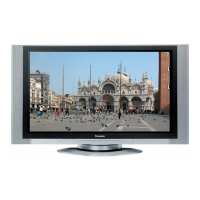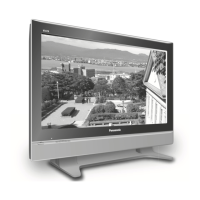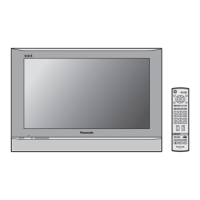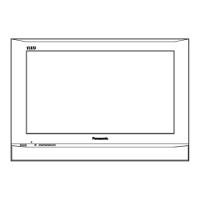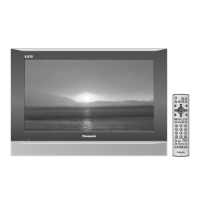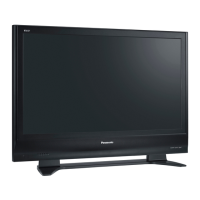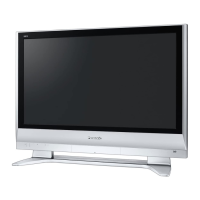What to do if my Panasonic TH-42PA20 has no picture?
- BBrenda MasseyAug 19, 2025
If your Panasonic Plasma TV shows no picture, ensure it is switched to AV mode, plugged into an A.C. outlet, and not switched off. Also, check that the picture/sound controls are not set at minimum levels and verify if it's in stand-by mode.
